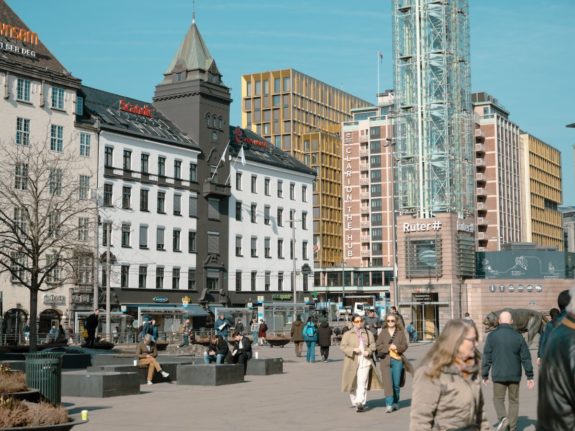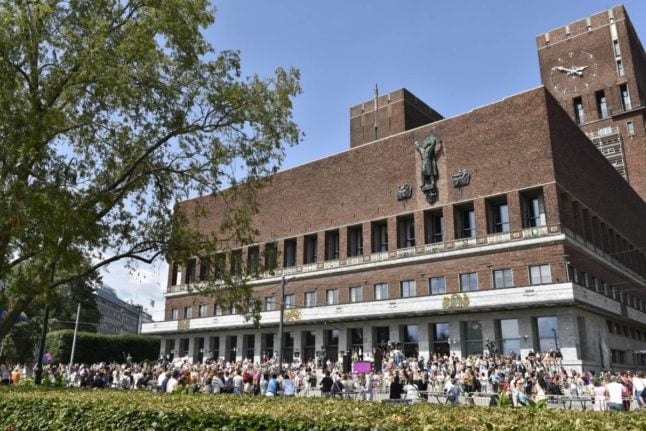One of the biggest factors drawing people to Norway is the lure of high wages, good working conditions, and an excellent work-life balance.
Last year, more than 16,408 nationals from the EEA registered moving to Norway for work reasons, while 11,143 non-EEA nationals applied for work permits.
The average monthly wage in Norway is 56,360 kroner (4,914 euros, 4,205 pounds and 5,329 dollars). The very highest earners pull up average wages. The median income is closer to 50,660 kroner per month.
As many will be aware, though, there are always discrepancies in what people make based on factors such as their gender or where they come from.
For example, while Norway is considered a world leader in gender equality, a gender pay gap still exists. Norway has a gender parity of 88.3 percent.
This means that men earn 12.7 percent more than women do in Norway. While this figure will disappoint many, it makes Norway one of the top countries in the world for parity.
READ ALSO: Is there a gender wage gap in Norway?
Unfortunately for the tens of thousands of immigrants who move to Norway for work, they can typically expect to earn less than their local counterparts.
The average wage of an immigrant in Norway was 50,270 kroner per month in 2023 compared to 58,190 kroner for other residents, figures from national data agency Statistics Norway show. In more basic terms, it means that on average, immigrants can expect to make 15 percent less than other residents.
One of the largest discrepancies in earnings is for those in managerial and executive positions. Norwegians with managerial positions make, on average, 83,170 kroner per month. Comparatively, immigrants with management roles make 74,170 kroner per month.
However, there are some instances where immigrants earn a slightly higher monthly wage. Immigrants in the academic sector in Norway take home 65,450 kroner, while other residents make 63,410 kroner.
Out of the nine occupational groups listed by Statistics Norway, only immigrants classed as academics made more than Norwegians.
The other occupational groups included in the figures are college and military professions, office occupations, sales and service professions, farmers and fishermen, tradesmen, process and machine and transport workers, and cleaners and domestic workers .
Across these various occupations, immigrants could expect to earn between five and 10 percent less on average.
When it comes to the median, immigrants in Norway take home 44,620 kroner compared to 52,150 for other residents. In median terms, the pay gap between foreigners and Norwegians is essentially the same (16 percent) as the average wage.
A gender wage gap exists between both foreign-born men and women and Norwegian men and immigrant women.
Men and women from immigrant backgrounds had a higher wage parity (around 91 percent) than all men and women combined (88.3 percent). Although, the gender wage gap between Norwegian men and foreign women was higher, with a parity gap of 77 percent.
The figures from Statistics Norway also show that Norwegian women earn 11 percent more than foreign women. Men from other countries make 17 percent less than men from Norway.



 Please whitelist us to continue reading.
Please whitelist us to continue reading.
Member comments